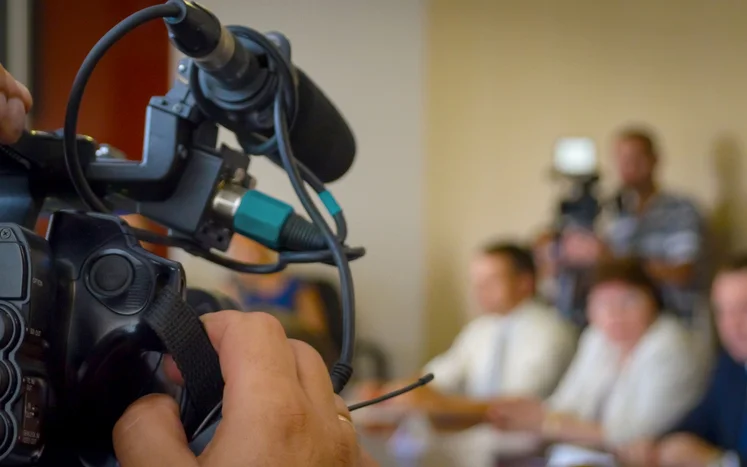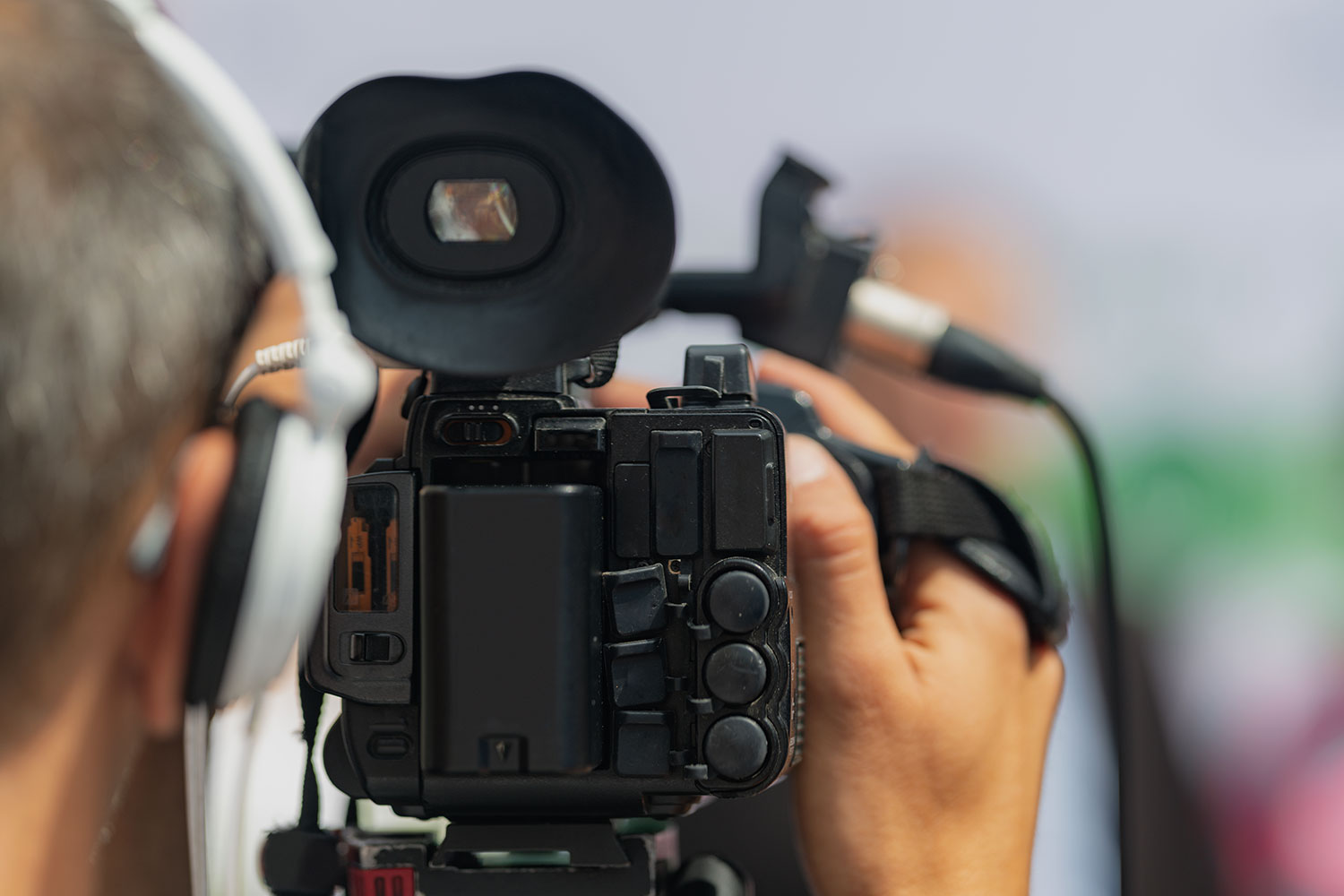How Legal Videography Has a Crucial Role in Contemporary Legal Practices
How Legal Videography Has a Crucial Role in Contemporary Legal Practices
Blog Article
Why Legal Videography Is Essential for Accurate Court Recordings
The function of legal videography in court settings can not be overemphasized, as it serves as a vital tool for preserving the honesty of court documents. By recording both spoken and non-verbal interaction, it improves the clearness of witness testimonies and mirrors the nuances of courtroom communications. This comprehensive documentation not just help in decreasing potential misconceptions however also sustains appellate evaluations, thereby enhancing the judicial procedure. However, the implications of incorporating lawful videography right into basic court practices elevate crucial questions concerning its more comprehensive effect on the lawful system. What might these effects involve?
Significance of Visual Proof
In the realm of legal process, the importance of aesthetic proof can not be overstated. Visual proof acts as an effective tool in establishing truths, affirming testimonies, and improving the total clarity of a situation. This kind of proof, that includes photographs, videos, and representations, can give a tangible context that verbal descriptions usually lack, thereby providing courts and courts a more clear understanding of the conditions surrounding a case.
Furthermore, aesthetic proof help in the retention of details. Human cognition is naturally aesthetic, and individuals are extra likely to keep in mind and comprehend information presented in a visual style. In the court, this can be important, as compelling aesthetic proof can sway point of views and strengthen the story offered by legal representatives.
Furthermore, the usage of visual evidence can decrease misunderstandings and ambiguities that usually arise from verbal exchanges. By offering a direct depiction of occasions, aesthetic evidence helps to get rid of subjective interpretations and promotes a more objective exam of the realities. Consequently, the integration of aesthetic evidence into lawful procedures not only reinforces the honesty of the judicial process but also boosts the possibility of achieving a just result.
Catching Non-Verbal Cues
Making use of sophisticated videography techniques can substantially enhance the capture of non-verbal signs during legal proceedings. Non-verbal interaction, including faces, body language, and eye call, plays an important duty in communicating feelings and objectives that might not be clearly stated in spoken testament. legal videography. Legal videography uses high-definition electronic cameras and tactical angles to make certain that these refined cues are taped with clarity and accuracy
The capacity to examine non-verbal behavior can offer useful context to declarations made throughout court sessions. For example, a witness's hesitation or confidence can be interpreted with their stance or gestures, potentially affecting the jury's understanding of trustworthiness. The usage of close-up shots can help focus on a speaker's expressions, enabling for a much more nuanced understanding of the testament.
Furthermore, integrating numerous camera angles can create an extensive view of interactions, highlighting dynamics between events involved. This complex technique not just boosts the precision of the court document yet likewise help in maintaining the honesty of the judicial procedure - legal videography. Eventually, recording non-verbal hints via lawful videography promotes a richer, more complete representation of court process

Enhancing Testament Integrity
The integrity of testament can be dramatically reinforced through the usage of premium legal videography. Video recordings function as an objective tool that records not only the talked words of witnesses but also the subtleties of their shipment, including tone, pacing, and emotional expressiveness. This complex documents supplies a more clear understanding of the witness's trustworthiness and objectives, which can be critical in lawful procedures.
Moreover, lawful videography reduces the possibility for misconceptions that might develop from composed transcripts alone. When jurors can observe a witness's demeanor and body movement in conjunction with their testament, they are better geared up to examine the credibility and dependability of the evidence offered. This visual context can strengthen the testimonial story, making it more engaging and reputable.
In addition, the presence of a video clip recording can discourage potential variances in testament. Witnesses may be a lot more mindful in their statements when they know they are being taped, resulting click resources in more accurate and sincere accounts. In general, high-grade legal videography boosts the stability of testament, guaranteeing that the court has accessibility to a full and truthful representation of the facts as communicated by the witnesses.
Sustaining Appeals and Reviews
Lawful videography plays a crucial function in supporting charms and testimonials by giving a thorough aesthetic document of court process. This aesthetic documents records not just the talked words of witnesses and lawyers yet likewise the nuances of body movement, tone of voice, and courtroom dynamics. Such elements can be pivotal in understanding the context of testimonies and debates offered.
In the you could try this out appellate process, where the focus gets on mistakes of regulation and procedural fairness, a video clip record can work as an essential tool for appellate courts. It makes it possible for courts to review the original trial context, making sure that choices are based upon a complete understanding of the proceedings. The capability to visually assess the disposition of witnesses or the interactions between parties can expose insights that created records may overlook.

In addition, legal videography can aid in clarifying ambiguities in testimonies or procedural judgments, therefore strengthening the basis for an allure. By using a reputable, objective account of what taken place in court, legal videography not just sustains the honesty of the lawful process but additionally equips all celebrations involved to make enlightened choices concerning their cases.
Simplifying Courtroom Processes
Enhancing court performance, legal videography enhances processes by giving instant access to aesthetic records of process. This technology permits courts, attorneys, and juries to review critical statement and proof, ensuring that all parties have a clear understanding of the situation. By recording the subtleties of spoken and non-verbal communication, videography enhances the document, you can look here making it much easier to realize the context and weight of testimonies.

In addition, video clip recordings can help with remote involvement in hearings, enabling greater flexibility in scheduling and participation, which is particularly beneficial in intricate instances including numerous stakeholders.
Final Thought
To conclude, legal videography plays a crucial duty in ensuring exact court recordings by providing necessary visual proof that records both verbal and non-verbal interaction. This method enhances the reliability of testimonies, supports appellate reviews, and improves courtroom procedures. By promoting an extensive understanding of court dynamics, lawful videography eventually contributes to extra equitable judicial outcomes, strengthening the integrity of the legal system and promoting educated decision-making.
Report this page